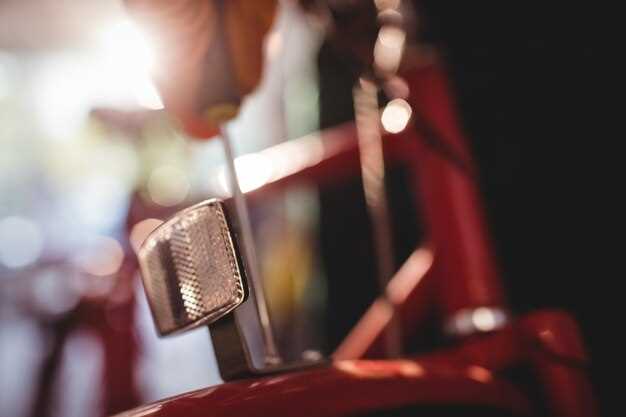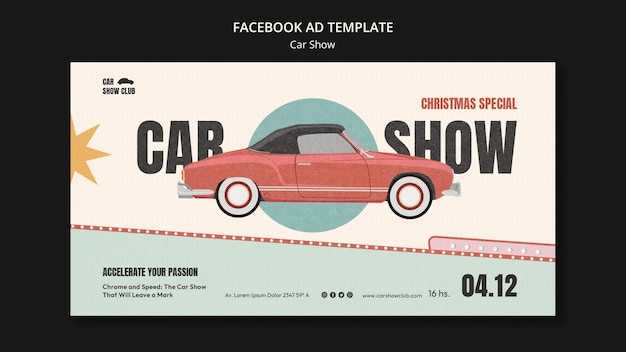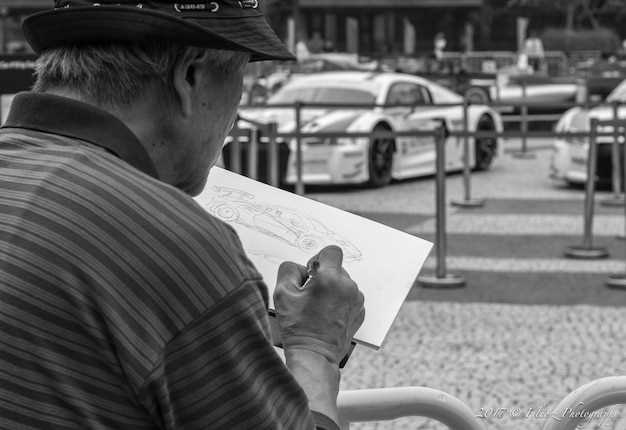
When it comes to organizing a successful event centered around classic cars, a well-structured schedule is paramount. It sets the tone for the entire gathering, ensuring that both participants and spectators have a memorable experience. A thoughtfully crafted schedule not only highlights the key attractions of the show but also facilitates smooth operations throughout the day.
At the heart of any classic car show lies an array of activities designed to engage and entertain attendees. From car exhibitions and judging contests to live music and food stalls, each component deserves careful consideration when planning the schedule. Including time slots for each event allows guests to plan their day effectively and ensures that no one misses out on their favorites.
Moreover, a balanced schedule accommodates different audiences, ranging from car enthusiasts eager for in-depth discussions to families simply enjoying a day out. By strategically organizing events and allocating breaks, organizers can enhance the overall enjoyment, making the show a must-visit for all classic car lovers.
Setting Up a Detailed Event Timeline for Classic Car Exhibitions
Creating a successful classic car exhibition requires meticulous organization and an effective schedule. A well-structured event timeline is crucial for ensuring that all aspects of the exhibition run smoothly and efficiently. Begin by establishing a clear start and end date for the event, allowing ample time for preparation and execution.
Next, outline a comprehensive schedule that includes critical milestones leading up to the exhibition, such as vendor agreements, sponsorship confirmations, and promotional efforts. Allocate specific time frames for each task, ensuring that responsibilities are clearly defined among team members.
During the event, it’s essential to have timed activities that engage attendees and showcase the vehicles. Schedule car presentations, live demonstrations, and Q&A sessions with car owners or experts. This will not only enhance the attendee experience but also maintain a steady flow of activities throughout the day.
Incorporate breaks and downtime in the timeline. This allows both exhibitors and guests to recharge, network, and explore the event space without feeling rushed. Proper organization of these intervals will contribute to a more relaxed atmosphere.
Lastly, ensure that all elements of the event, from setup to teardown, are also included in the schedule. This encompasses the arrival of exhibitors, display arrangements, and the dismantling of exhibits post-event. A clear and detailed timeline will guarantee an organized exhibition that leaves a lasting impression on attendees and participants alike.
Coordinating Participant Registration and Vehicle Check-In Procedures

Efficient coordination of participant registration and vehicle check-in is essential for the success of any classic car show. A well-structured schedule ensures that both attendees and participants can enjoy a seamless experience, minimizing delays and confusion. The process should begin well ahead of the event, allowing for pre-registration online to streamline on-site activities.
Start by creating a timeline that outlines key milestones leading to the event day. This includes setting deadlines for participant registration, confirming attendance, and organizing vehicle check-in processes. Consider allocating specific time slots for different categories of vehicles to manage flow and prevent congestion during check-in.
On the day of the event, establish clearly marked registration areas where participants can easily complete their check-in. Utilize a dedicated team responsible for checking in vehicles, verifying registration details, and providing participants with necessary information, such as event schedules and map layouts. Make use of technology, such as mobile apps or scanners, to expedite the check-in process.
Additionally, providing a welcome packet that includes essential event details will enhance the participants’ experience. Ensure that there are sufficient volunteers available to assist with both registration and check-in, addressing any inquiries and facilitating smooth transitions. Clear signage and a well-planned schedule will help guide participants, making the process more efficient and enjoyable.
In conclusion, by meticulously coordinating participant registration and vehicle check-in procedures, event organizers can create a positive environment that highlights the beauty and history of classic cars, ultimately leading to a successful show.
Maximizing Audience Engagement Through Strategic Activity Scheduling

To create a successful classic car show, careful consideration must be given to the scheduling of various activities throughout the event. A well-structured schedule not only enhances the overall experience for attendees but also maximizes audience engagement. By strategically placing activities at optimal times, organizers can maintain high energy levels and keep participants interested.
First, it is essential to identify the peak hours for attendance. Most visitors tend to arrive during late morning and early afternoon. Therefore, scheduling popular activities, such as car parades or contests, during these times can capture the largest audience. Additionally, incorporating engaging presentations or guest speakers shortly after the main activities can further sustain interest.
Another effective tactic is to divide the schedule into themed segments, allowing for a variety of attractions. For instance, dedicating certain hours to vintage racing simulations, restoration workshops, or Q&A sessions with car experts can cater to different interests, appealing to a broader audience. This diversity not only encourages attendance but also fosters interaction among enthusiasts.
Interactive elements such as hands-on demonstrations or audience participation contests can significantly enhance engagement. Scheduling these activities with gaps in between more traditional program events allows attendees to explore and socialize without feeling rushed. Furthermore, clear communication of the schedule through signage and digital platforms ensures that visitors are informed and can plan their time effectively.
Lastly, consider offering unique experiences, such as sunset drives or exclusive meet-and-greet sessions with car owners, in the evening hours. These special events create lasting memories and promote a sense of community among car enthusiasts. By thoughtfully crafting a comprehensive event schedule, organizers can significantly boost audience engagement, leading to a successful and memorable classic car show.

